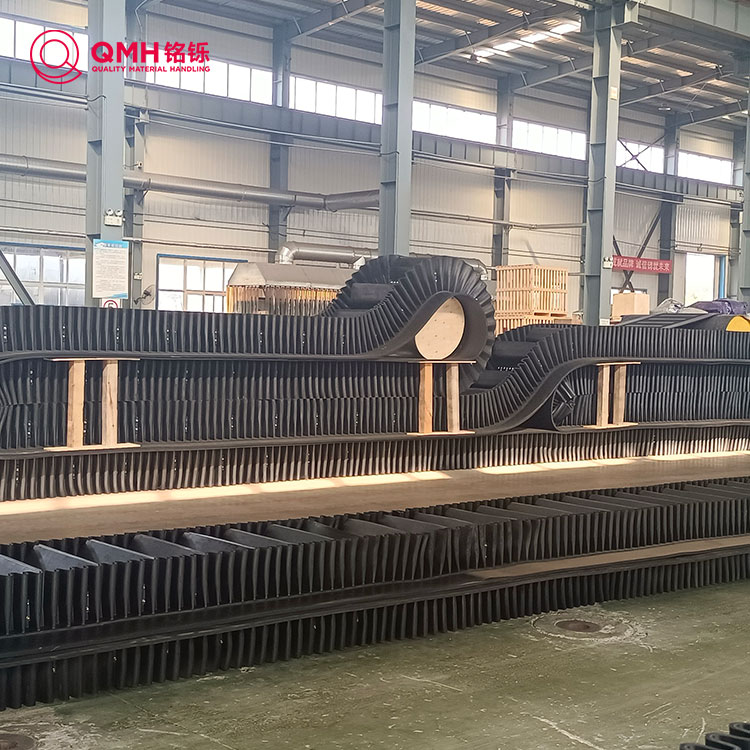Conveyor Belts: The Backbone of Efficient Material Handling
2025-03-31
Conveyor belts are an essential part of modern industrial operations, streamlining the movement of materials across factories, warehouses, and logistics centers. From mining to manufacturing, conveyor belts play a vital role in improving productivity and ensuring the smooth flow of goods.
What is a Conveyor Belt?
A conveyor belt is a continuous loop of material that moves over rollers or a flat surface to transport items from one point to another. It is powered by motors and can be customized to handle various types of products, including bulk materials, packaged goods, and individual items.
Types of Conveyor Belts
1. Flat Belt Conveyors:
- Commonly used in manufacturing and distribution for transporting packaged goods.
2. Modular Belt Conveyors:
- Made of interlocking plastic segments, offering durability and easy maintenance.
3. Cleated Belt Conveyors:
- Equipped with vertical cleats for transporting bulk materials on inclines.
4. Roller Bed Conveyors:
- Ideal for heavy loads, using rollers to reduce friction.
5. Incline and Decline Conveyors:
- Designed for moving products between different heights.

Advantages of Using Conveyor Belts
- Increased Efficiency: Automates material handling, reducing labor costs and processing time.
- Enhanced Safety: Minimizes manual lifting and handling, lowering the risk of workplace injuries.
- Customizable Solutions: Available in various sizes, speeds, and configurations to meet specific operational needs.
- Continuous Operation: Supports uninterrupted material flow, especially in large-scale operations.
Applications of Conveyor Belts
- Manufacturing: Moves raw materials and finished products efficiently along production lines.
- Mining and Quarrying: Transports ores, coal, and minerals over long distances.
- Logistics and Warehousing: Facilitates sorting, packaging, and shipping processes.
- Food Processing: Ensures hygiene and productivity in the food industry.
- Airport Baggage Handling: Moves passenger luggage through security and loading systems.
Factors to Consider When Choosing a Conveyor Belt
- Material Type: Select a belt material that suits your product’s weight, size, and abrasiveness.
- Environment: Consider temperature, humidity, and exposure to chemicals or abrasive substances.
- Load Capacity: Ensure the belt can handle the weight and volume of the materials being transported.
- Speed Requirements: Choose the appropriate belt speed for your application.
Conclusion
Conveyor belts are the backbone of efficient material handling across various industries. By automating the transportation process, they enhance productivity, reduce operational costs, and improve workplace safety. Whether you’re operating a manufacturing plant, warehouse, or mining site, a well-chosen conveyor belt can make all the difference in optimizing your operations.


